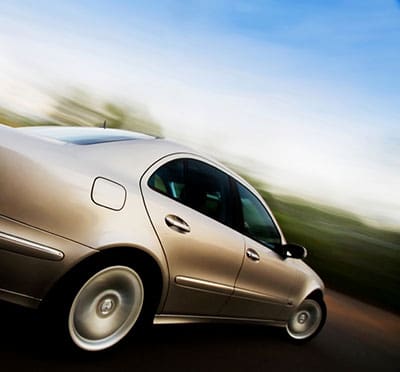
DRIVING IN EXTREME WEATHER?
DRIVING IN EXTREME WEATHER

Did You Know?
Driving in dicey weather conditions can be downright nerve-wracking. It can also be very dangerous. Being aware of how to modify your driving during rain, tornadoes, snow and fog can help you stay calm during your commute.
Rain and Thunderstorms
-
Turn on your headlights, wipers and defroster to increase visibility.
-
Drive in the tracks of the vehicle ahead of you and reduce your speed.
-
Allow for increased space between your vehicle and the one in front of you.
-
If you hydroplane, hold the steering wheel straight and remove your foot from the gas.
Tornadoes:
-
If you are driving in a tornado, get out of your vehicle and find shelter. If there is not a building nearby, lie in a ditch and place your arms over your head.
Snow, Sleet and Freezing Rain
-
Clean ice and snow off your windows, hood and trunk before departing.
-
Drive with extreme caution and at reduced speeds.
-
Do not brake quickly as you may spin out of control.
Fog
-
Slow down before you reach a patch of fog in front of you.
-
Use only your low beams or fog lights and put on your defroster and wipers to increase visibility.
-
If the fog is extremely thick, roll down all of your windows to hear other vehicles around you.
Safety First
It is very important that you allow extra room between your vehicle and the one in front of you when driving in snow because you will need three to 12 times the amount of stopping distance that you normally need without any precipitation.
Tags: Auto Insurance
